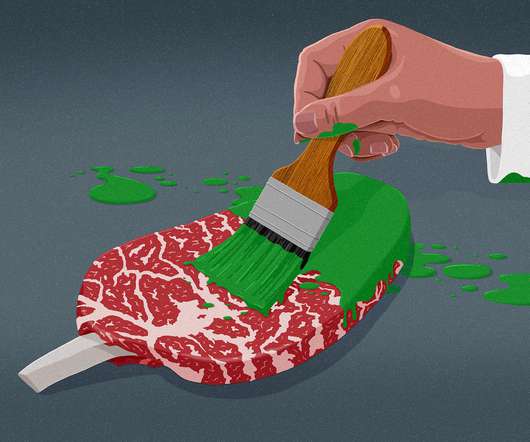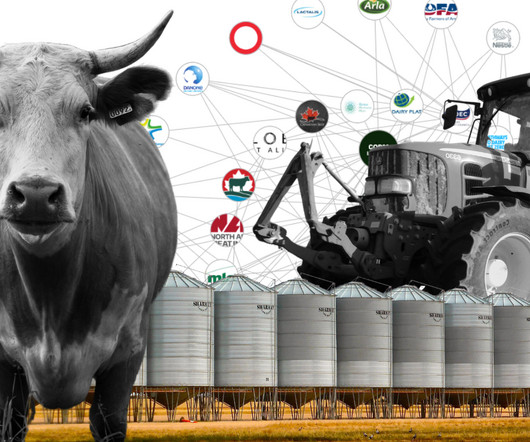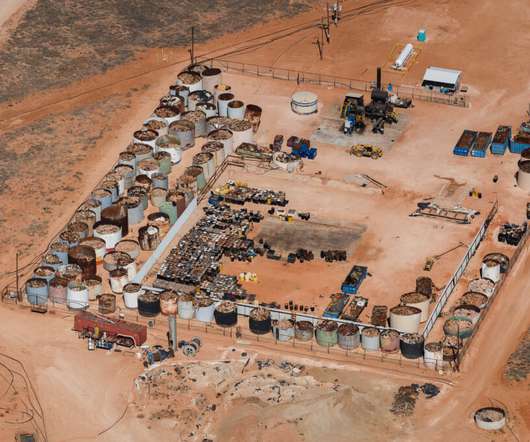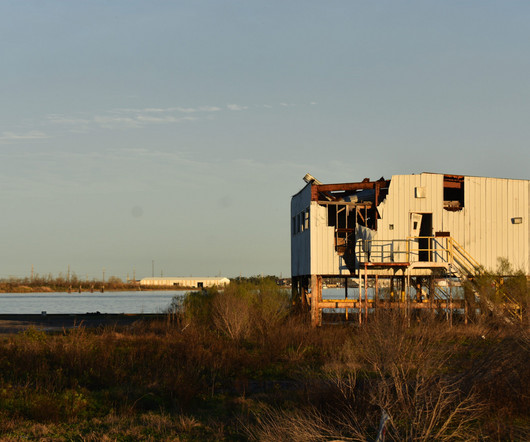Industry Knew About Gas Stoves’ Air Pollution Problems in Early 1970s
DeSmogBlog
MARCH 2, 2023
It has been building for several years alongside revelations that AGA has used paid influencer campaigns to defend gas stoves and waged state-by-state, city-by-city lobbying offensives against initiatives to replace gas furnaces, water heaters, and stoves with electric-powered devices aimed at reducing pollution linked to climate change.
















Let's personalize your content